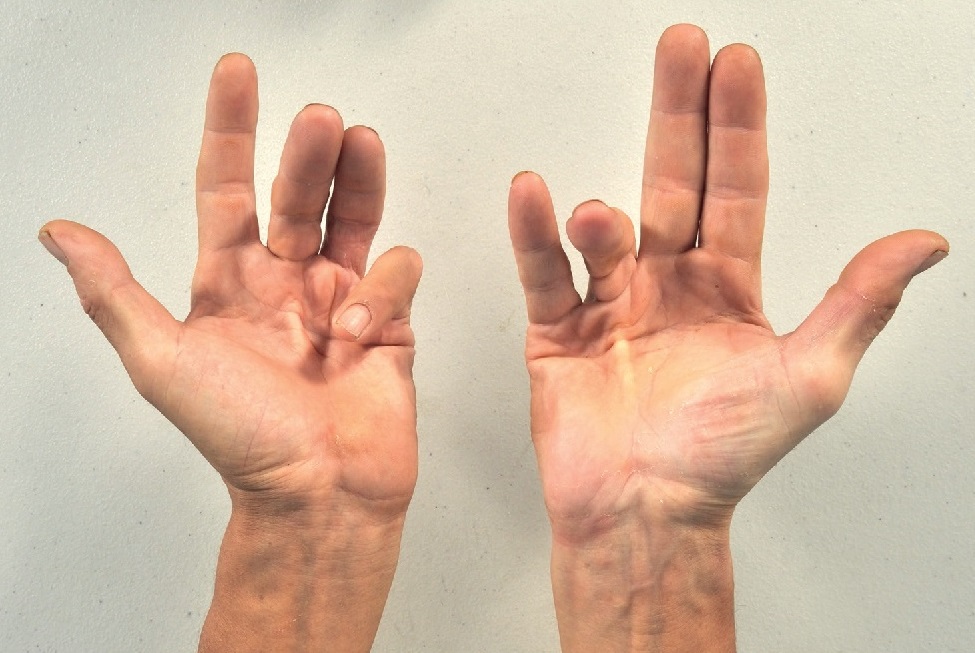The launch of collagenase clostridium histolyticum for the treatment of Dupuytren’s disease almost 10 years ago not only represented a completely new treatment approach for this difficult and still unsolved hand surgical problem, but also triggered a huge wave of related research. Surgeons were confronted with an effective non-surgical treatment that could change completely the approach to this disease.
Like many other surgical and medical treatments, collagenase clostridium histolyticum (CCH) also went through the well-known Rogers’ curve of innovation adoption. After early enthusiasm, some limitations and problems became evident. In particular, some aspects like recurrence vs. extension, recurrence rate, complication rate and cost-effectiveness were better analyzed and newly defined. These studies also contributed to and improved the level of evidence unlike the older papers in this area.

